Bachelor's final project.
Mosca is a new publication that is born with a clear objective: lead the reader toward a personal reflection about different annoying issues that affect our daily life but in which we don’t use to think about, through the interaction between the reader and the publication, the use of language and provocation.
The project is seen as a totally auto-edited and auto-published project, which means that I had to carry about the whole writting of the articles, the shooting of the most part of the pictures and the production of the publication itself.
Each number of Mosca turns around a central subject. In the case of the first issue this subject is social interaction. So in this number, apart from the common sections (welcome, conclusions and farewell), we find four topics that are related to this kind of interaction. These topics are social networks, annoying famous people, public transport and interaction between citizens and tourists in the city of Barcelona. This topics have been selected from a previous investigation about what annoys us the most.
The project is seen as a totally auto-edited and auto-published project, which means that I had to carry about the whole writting of the articles, the shooting of the most part of the pictures and the production of the publication itself.
Each number of Mosca turns around a central subject. In the case of the first issue this subject is social interaction. So in this number, apart from the common sections (welcome, conclusions and farewell), we find four topics that are related to this kind of interaction. These topics are social networks, annoying famous people, public transport and interaction between citizens and tourists in the city of Barcelona. This topics have been selected from a previous investigation about what annoys us the most.

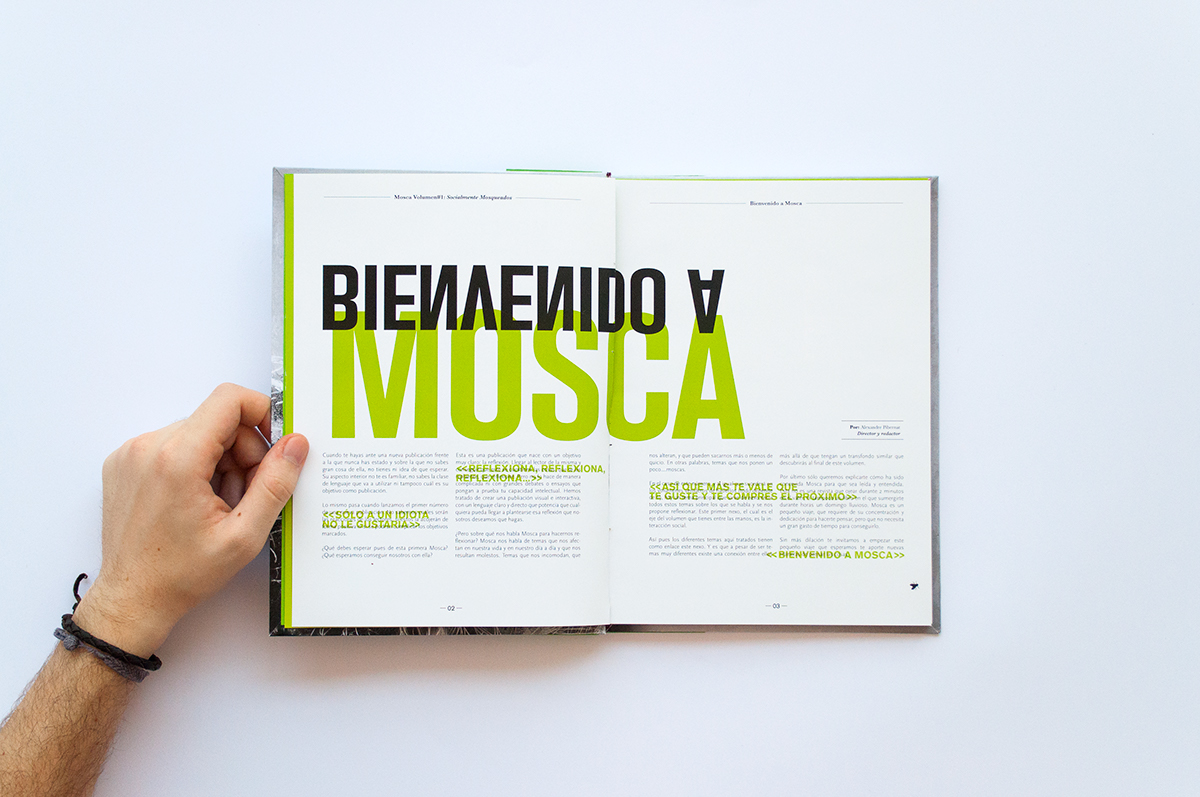

First Article: SOCIAL NETWORKS
This article talks about the lack of own identity of each individual because of trying to follow all the different trends to look like something that you are not at the social networks and how this networks have changed our way of living. Red filters are used with double red and blue images, in order to hide the red ones and show only the blues symbolizing the fake version of ourselves that we are showing in the social networks.The article is completed with a list of the 6 most annoying things about the social networks.
This article talks about the lack of own identity of each individual because of trying to follow all the different trends to look like something that you are not at the social networks and how this networks have changed our way of living. Red filters are used with double red and blue images, in order to hide the red ones and show only the blues symbolizing the fake version of ourselves that we are showing in the social networks.The article is completed with a list of the 6 most annoying things about the social networks.


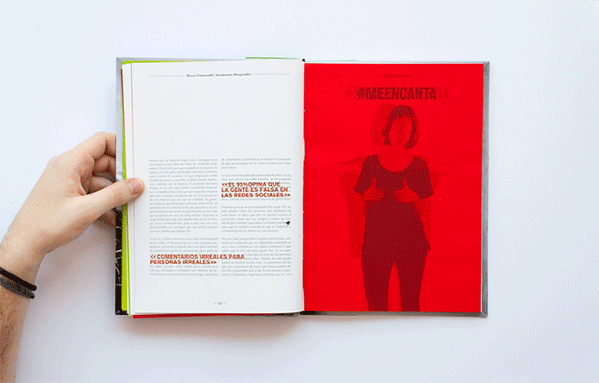

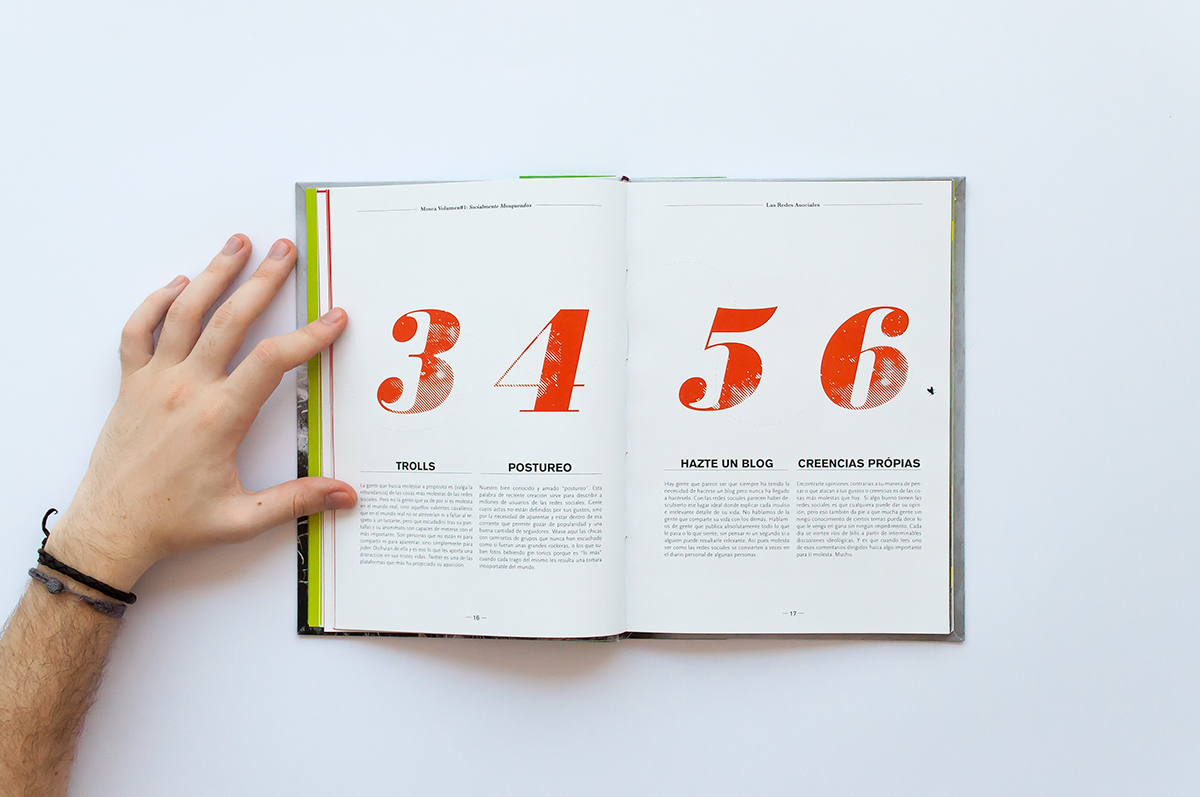
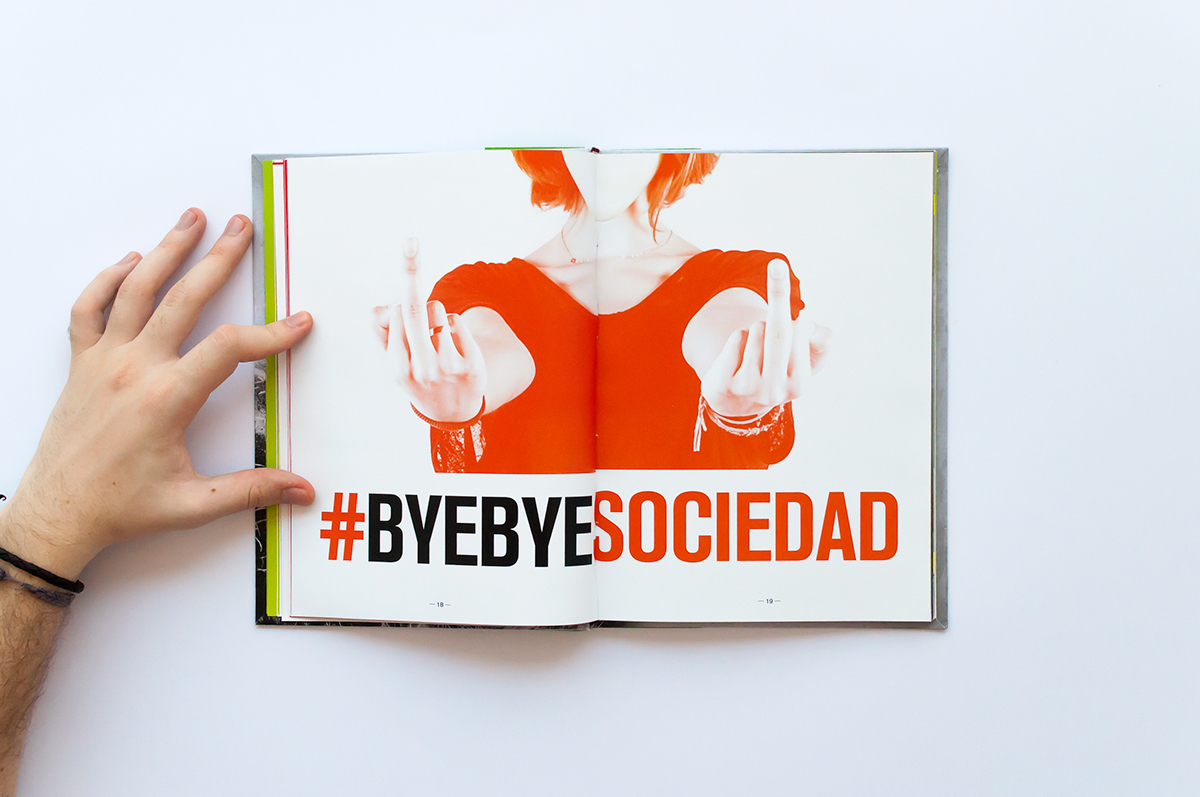

Second Article: MOST ANNOYING FAMOUS PEOPLE
Article about the ones voted as most annoying famous people in Spain. To reflect the division of opinions about them, two different texts have been placed. In one way we have the one that talks us in a positive way about the character, and upside down the one that talks negatively about them. This texts are accompanied with an upside down image of the person the text is talking about. When we see the image upside down, we see the character with a normal face, but when we turn it down in the bad part way, we see its face like a monster.
Article about the ones voted as most annoying famous people in Spain. To reflect the division of opinions about them, two different texts have been placed. In one way we have the one that talks us in a positive way about the character, and upside down the one that talks negatively about them. This texts are accompanied with an upside down image of the person the text is talking about. When we see the image upside down, we see the character with a normal face, but when we turn it down in the bad part way, we see its face like a monster.

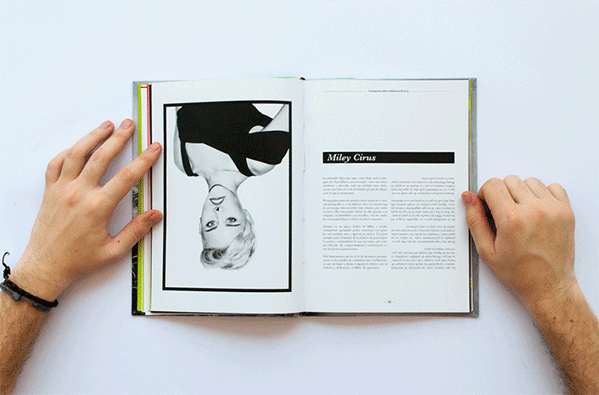




Thrid Article: PUBLIC TRANSPORT
This article was decided to be sealed, with a warning that tells us not to open it if we are not in a public transport. When we open it we discover that the article talks us about the public transport, but it does it surrounded of multiple images of naked girls. That images support a text that makes reference to the awkward situations that are generated from the interaction between unknown people at the public transports, which very often generate us annoying situations that doesn't let us travel quietly.
This article was decided to be sealed, with a warning that tells us not to open it if we are not in a public transport. When we open it we discover that the article talks us about the public transport, but it does it surrounded of multiple images of naked girls. That images support a text that makes reference to the awkward situations that are generated from the interaction between unknown people at the public transports, which very often generate us annoying situations that doesn't let us travel quietly.

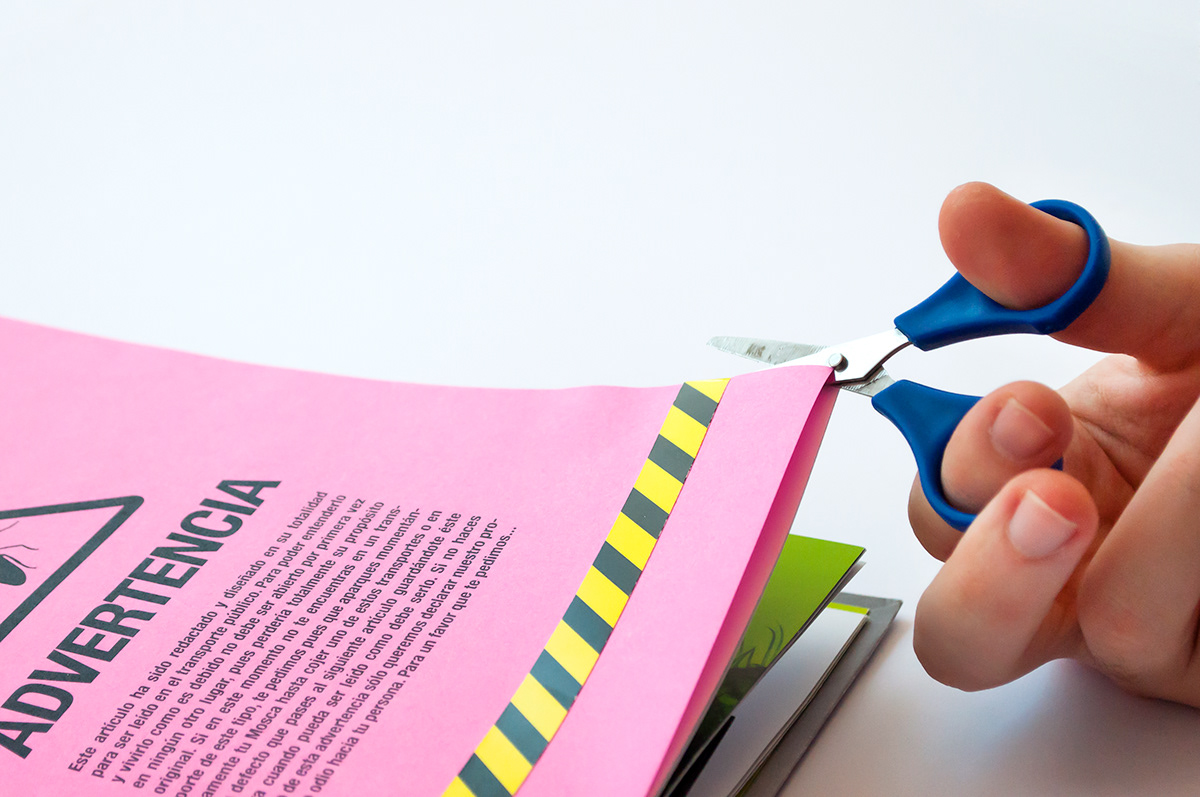
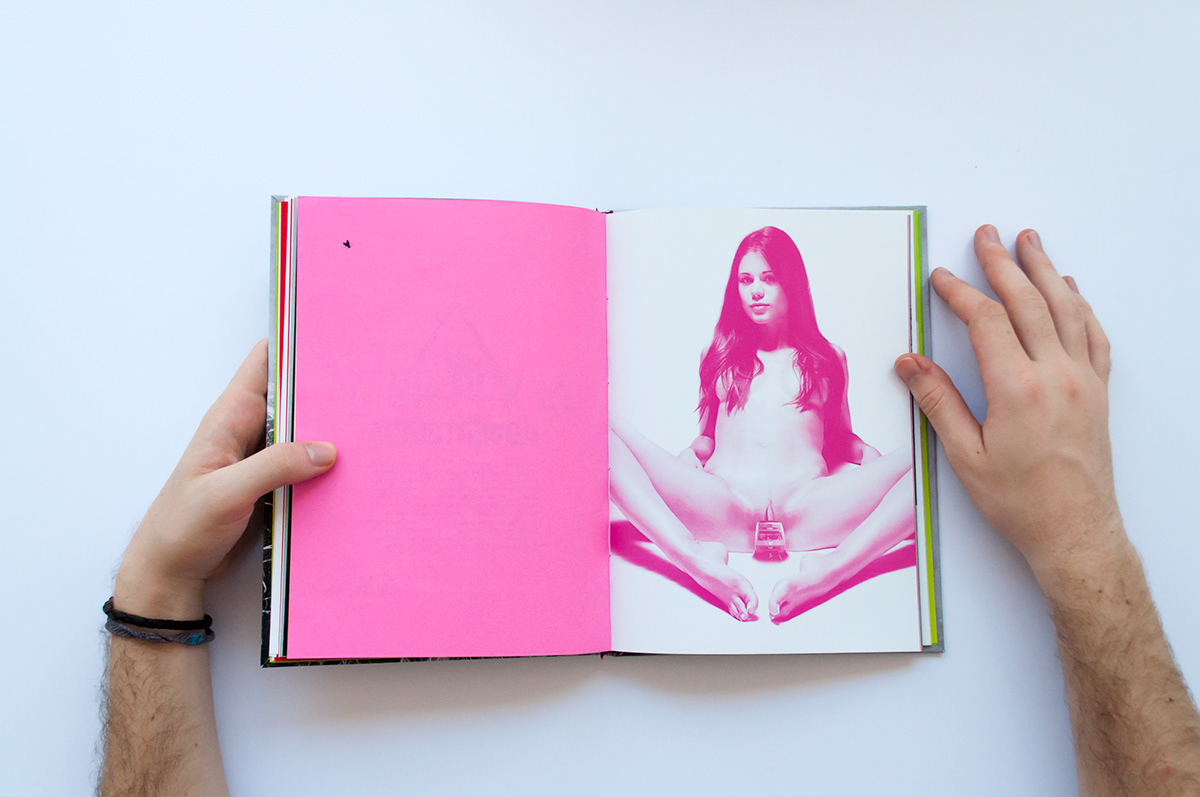
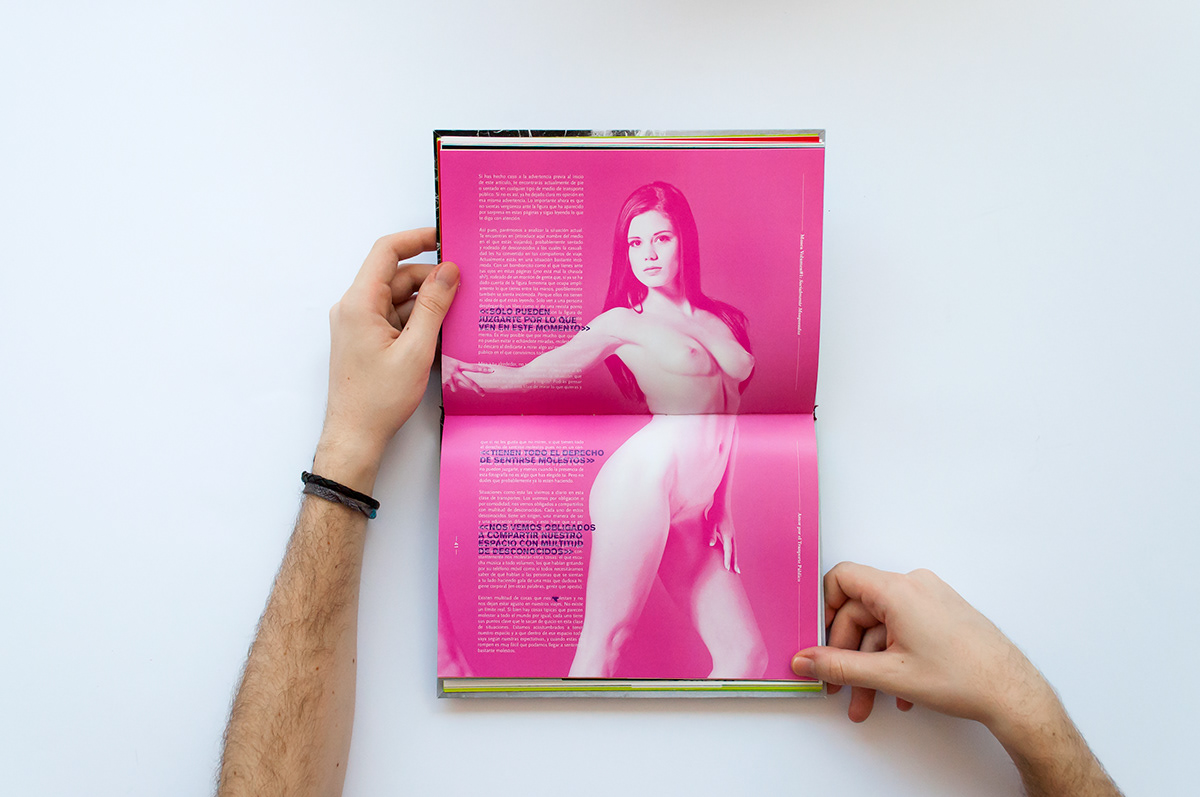
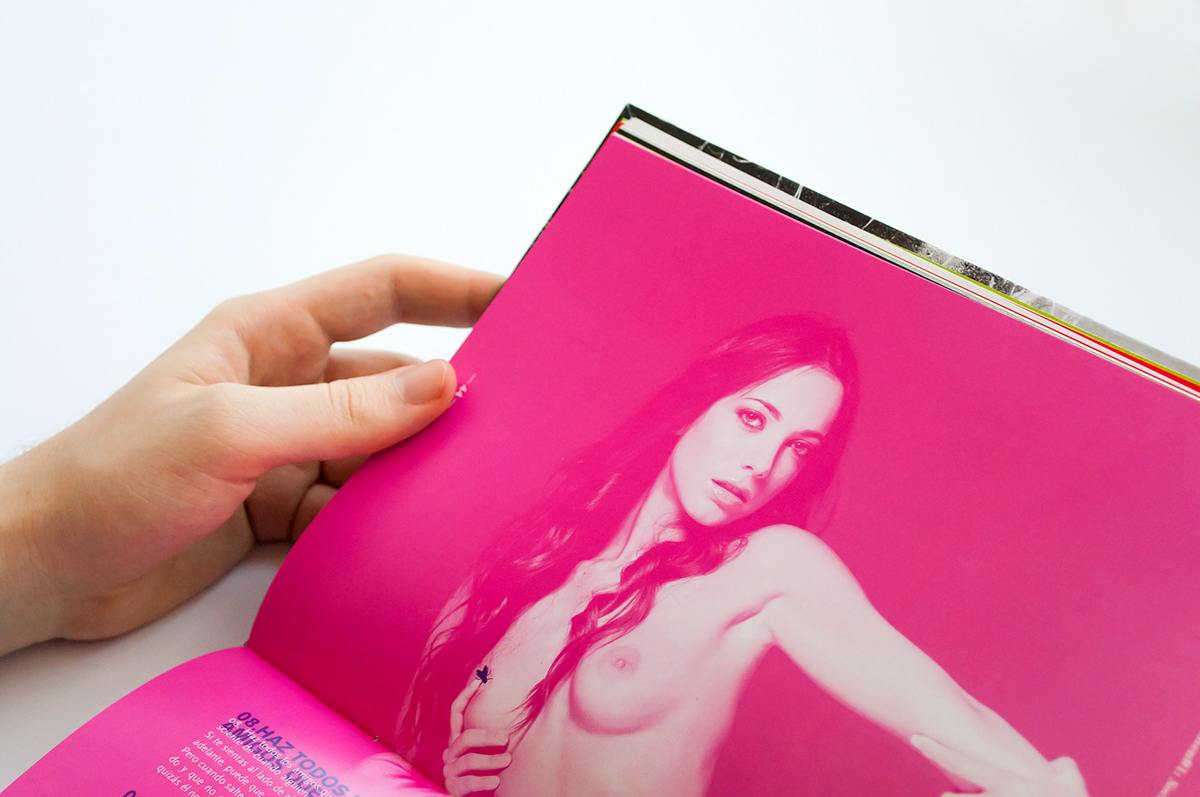

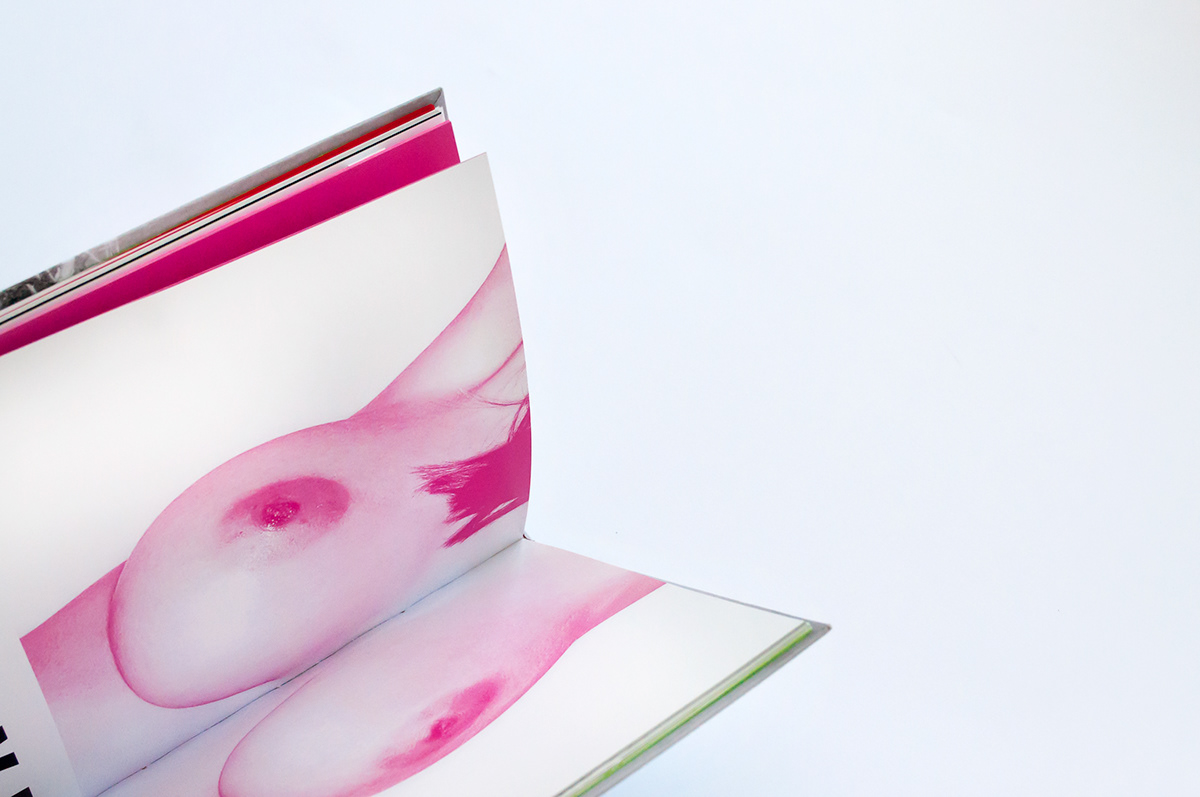
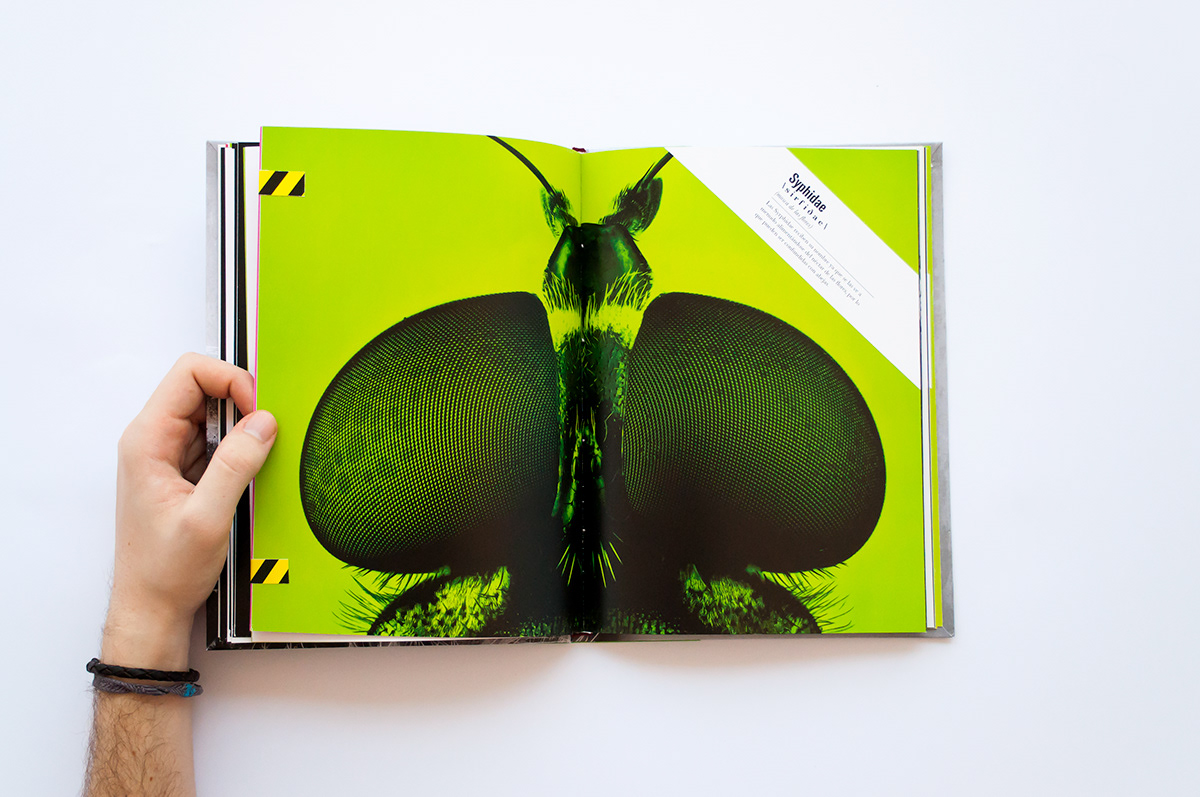
Fourth Article: TOURISM IN BARCELONA
The decision here is put aside the text (except for the introduction) and, in order to reflect the existing problems and the annoyment growing between citizens a tourists, it is used a photographic article supported with different quotes and data about tourism extracted from two documentaries that talk about this issue. Therefore we always found double pages in where the protagonist of each one is a tourist or a citizen of Barcelona, facing the pictures , data and quotes that support these.
The decision here is put aside the text (except for the introduction) and, in order to reflect the existing problems and the annoyment growing between citizens a tourists, it is used a photographic article supported with different quotes and data about tourism extracted from two documentaries that talk about this issue. Therefore we always found double pages in where the protagonist of each one is a tourist or a citizen of Barcelona, facing the pictures , data and quotes that support these.


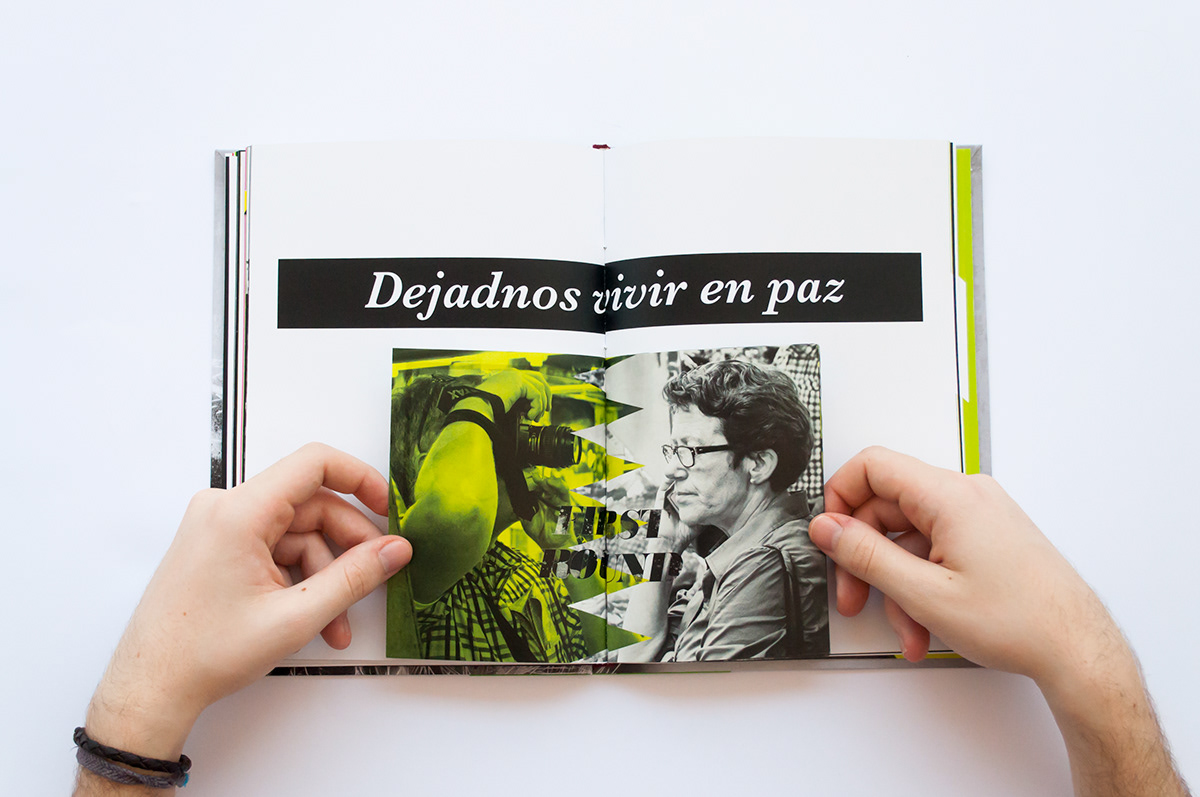

More covers were designed in order to show the graphic cotinuity that the publication would have. They all have a black and white picture of a fly and a color flap that contains the title of the publication and the contents of each issue. The color of this flaps is used in all the basic sections of that issue, giving to each of them their own identity.

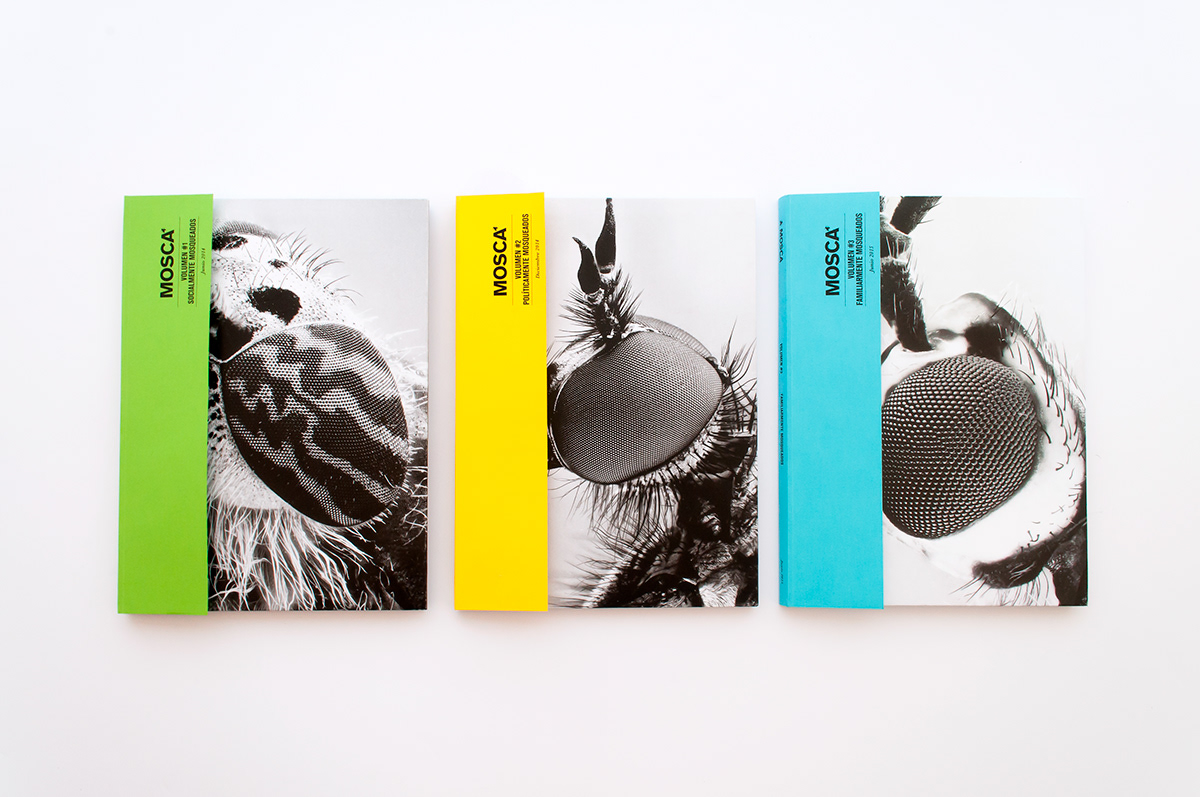
This is just a sneak peak of what you can find inside MOSCA. If you want to see the full articles and design of the publication feel free to contact me and I'll be very pleased to show it to you.


